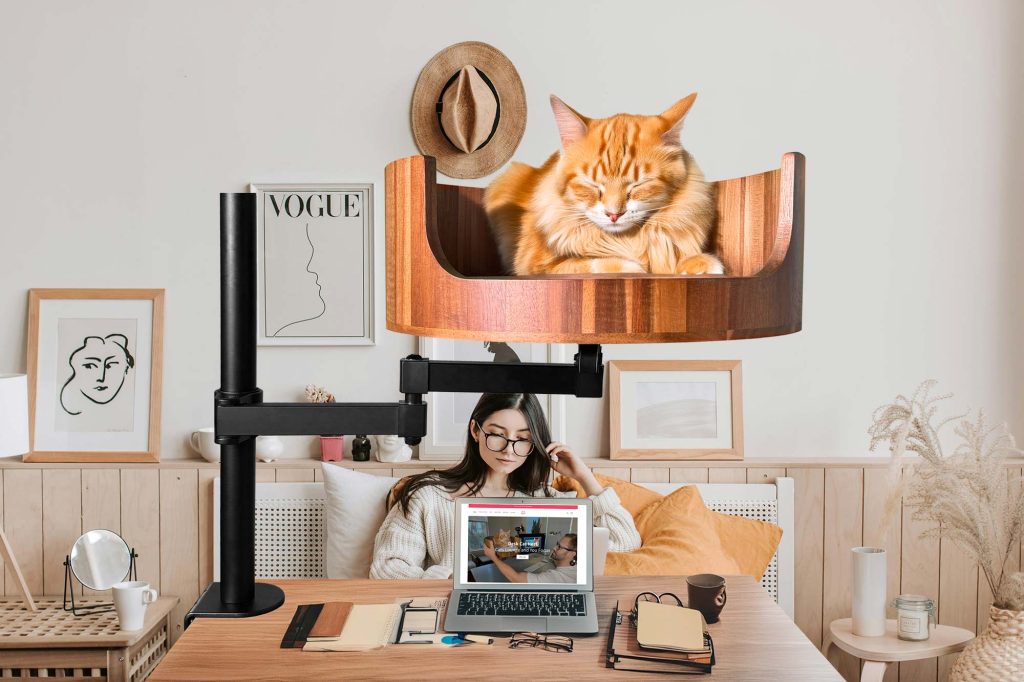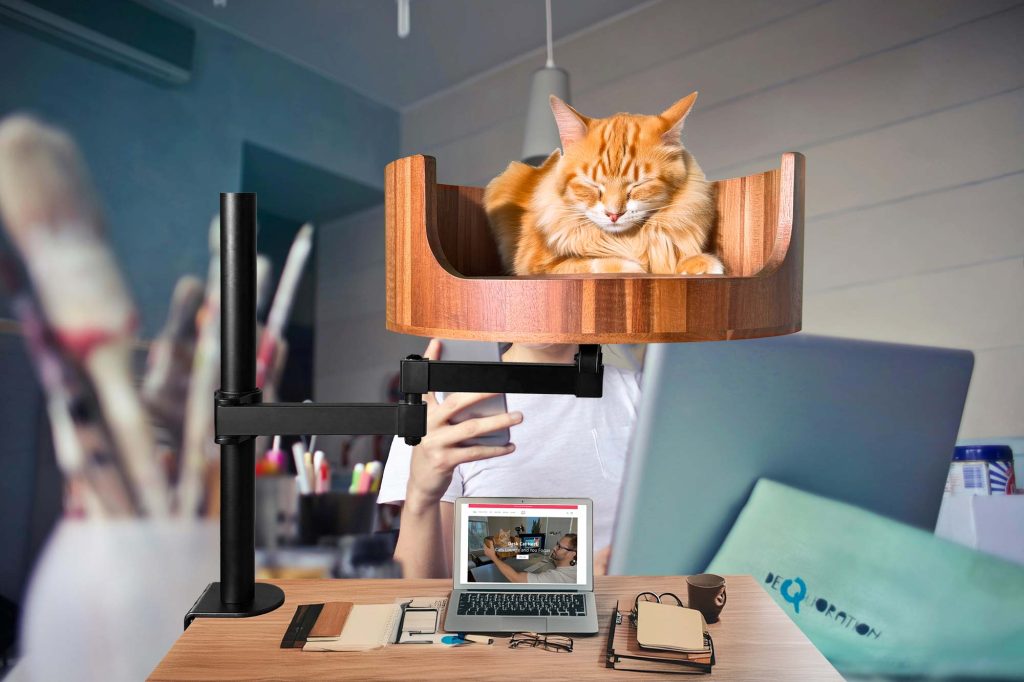If your cat keeps vomiting after eating dry food, you’re not alone. Many cat owners have faced this frustrating situation with their beloved feline companions. In this article, we will explore the potential causes of this issue and provide practical solutions to help your cat stop vomiting and enjoy their meals without any discomfort.
From hairballs to food allergies, there are several reasons why cats may vomit after eating dry food. We will discuss the common culprits behind this behavior and how you can identify the root cause in your own feline friend. Additionally, we will offer helpful tips on how to address these issues, such as switching to a different type of food or feeding smaller, more frequent meals. By understanding the causes of your cat’s vomiting behavior and implementing appropriate solutions, you can help your furry friend live a happy and healthy life.
1. Common causes of a cat vomiting dry food include eating too quickly, food intolerance, and gastrointestinal issues.
2. It is important to consult a veterinarian to rule out any underlying medical conditions that may be causing the vomiting.
3. Switching to a higher quality, easily digestible cat food may help alleviate vomiting in some cases.
4. Feeding smaller, more frequent meals and using puzzle feeders can slow down eating and prevent vomiting.
5. Cats should always have access to fresh water and be monitored for any changes in behavior or appetite that may indicate a health problem.
Causes of Vomiting in Cats
There are several potential reasons why a cat may be vomiting after eating dry food. One common cause is food allergies or sensitivities, which can lead to gastrointestinal upset and vomiting. Another possible cause is hairballs, which can form in a cat’s stomach and trigger vomiting. In some cases, a cat may be eating too quickly, causing them to swallow air along with their food, leading to vomiting. It’s also possible that the dry food itself is not agreeing with the cat’s digestive system, causing them to vomit shortly after eating.
Health Issues Related to Vomiting
Chronic vomiting in cats can be a sign of an underlying health issue that needs to be addressed. Some potential health problems that may cause a cat to vomit frequently include intestinal parasites, kidney disease, pancreatitis, or even something as serious as cancer. If a cat is experiencing persistent vomiting, it’s important to consult with a veterinarian to rule out any serious health concerns and determine the best course of action.
Solutions for Cats Vomiting Dry Food
If your cat is consistently vomiting after eating dry food, there are several steps you can take to help alleviate the issue. One solution is to switch to a different type or brand of dry food that is easier on your cat’s stomach. It may be helpful to choose a dry food that is specifically formulated for sensitive stomachs or allergies. Another solution is to introduce wet food into your cat’s diet, as the moisture content can help with digestion and reduce the likelihood of vomiting. Additionally, feeding smaller, more frequent meals throughout the day can help prevent vomiting caused by eating too quickly. If the vomiting persists despite these measures, it’s crucial to consult with a veterinarian to determine the underlying cause and appropriate treatment.
Desk Cat Nest FAQ
Why is my cat vomiting dry food?
There are many reasons why a cat may vomit after eating dry food, including eating too quickly, food intolerance, hairballs, or underlying health issues. It is important to consult with a veterinarian to determine the cause of the vomiting.
Will the Desk Cat Nest help prevent my cat from vomiting dry food?
While the Desk Cat Nest provides a cozy and secure space for your cat to eat, it may not directly prevent vomiting. However, by creating a stress-free eating environment, it can help reduce the likelihood of vomiting in some cats.
Can I use wet food in the Desk Cat Nest?
Yes, the Desk Cat Nest is suitable for both dry and wet food. You can choose the type of food that works best for your cat’s digestion and health needs.
Is the Desk Cat Nest easy to clean?
Yes, the Desk Cat Nest is designed for easy cleaning. Simply remove the tray and wipe it down with a damp cloth or mild soap. The cushion cover is also machine washable for convenience.
How can I introduce my cat to the Desk Cat Nest?
It is recommended to introduce the Desk Cat Nest slowly by placing treats or familiar toys inside to entice your cat. You can also feed your cat in the nest to associate it with positive experiences. Patience and positive reinforcement are key to a successful introduction.
In conclusion, the Desk Cat Bed is a valuable choice for cat owners whose feline companions experience frequent vomiting after eating dry food. By providing a comfortable and elevated sleeping space, this bed helps to prevent indigestion and promote healthier eating habits. The raised design also aids in reducing the risk of regurgitation, allowing cats to fully enjoy their meals without discomfort. Investing in a Desk Cat Bed can ultimately lead to a happier and healthier cat, making it a worthwhile addition to any pet parent’s home.


